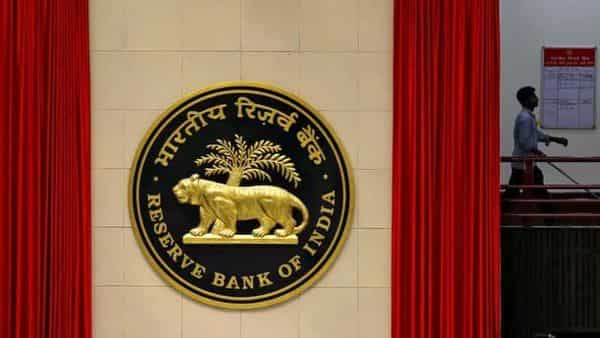How central bank digital currency may work in the Indian context

The concept of a central bank digital currency, or CBDC, has been attracting interest across the globe with most central banks actively exploring and examining CBDCs, which according to experts could be the future of money.
CBDC, as the name suggests, is essentially a legal tender issued in a digital form, which is managed on a digital ledger (a blockchain).
In India, the Reserve Bank of India (RBI) has been working on a phased implementation strategy for a CBDC and the pilot may be launched by the end of this year.
PwC India has come out with a paper on ‘Central Bank Digital Currency in the Indian Context’ by Mihir Gandhi, partner & leader–payments transformation, PwC India and Vivek Belgavi, partner and leader, fintech, PwC India, wherein they discuss various models and use cases of CBDCs.
The financial advisory services firm has listed four major use cases of CBDC in the Indian context.
Programmable payments
A possible use case for CBDC can be ‘fit-for-purpose' money used for social benefits and other targeted payments in a country. For such cases, the central bank can pay intended beneficiaries pre-programmed CBDC, which could be accepted only for a specific purpose. For example, pre-programmed CBDC could be issued for LPG subsidies as direct benefit transfer (DBT).
Cross-border remittances
According to PwC India, CBDCs could be used for faster cross-border remittance payments. International collaboration among the major economies of the world, including India, could help create the necessary infrastructure and arrangements for CBDC transfer and conversion.
Retail payments
Payment instruments could be made available for payment transactions to be made via CBDC. Furthermore, universal access attributes of a CBDC could also include an offline payment functionality.
As per PwC India, CBDC’s underlying technology, along with the currency’s digital nature, make it superior to existing digital payments. Its irrefutable nature combined with ownership record transfers can provide irrefutable evidence of proof of ownership.
MSME lending
Instant lending to micro, small, and medium enterprises (MSMEs) in India can be possible with the help of CBDC. As more MSMEs use CBDC, banks can draw up a more accurate borrower risk profile. This can be used to promptly meet MSME financing requirements.
Moreover, stimulus for MSMEs can also be disbursed quickly from the central bank, wrote Gandhi and Belgavi in the paper.
However, PwC India argued that potential risks involved in CBDC are Cyber hacks and threats, threat to monetary sovereignty, disintermediation of banks, risk to financial inclusion and threat to privacy.
